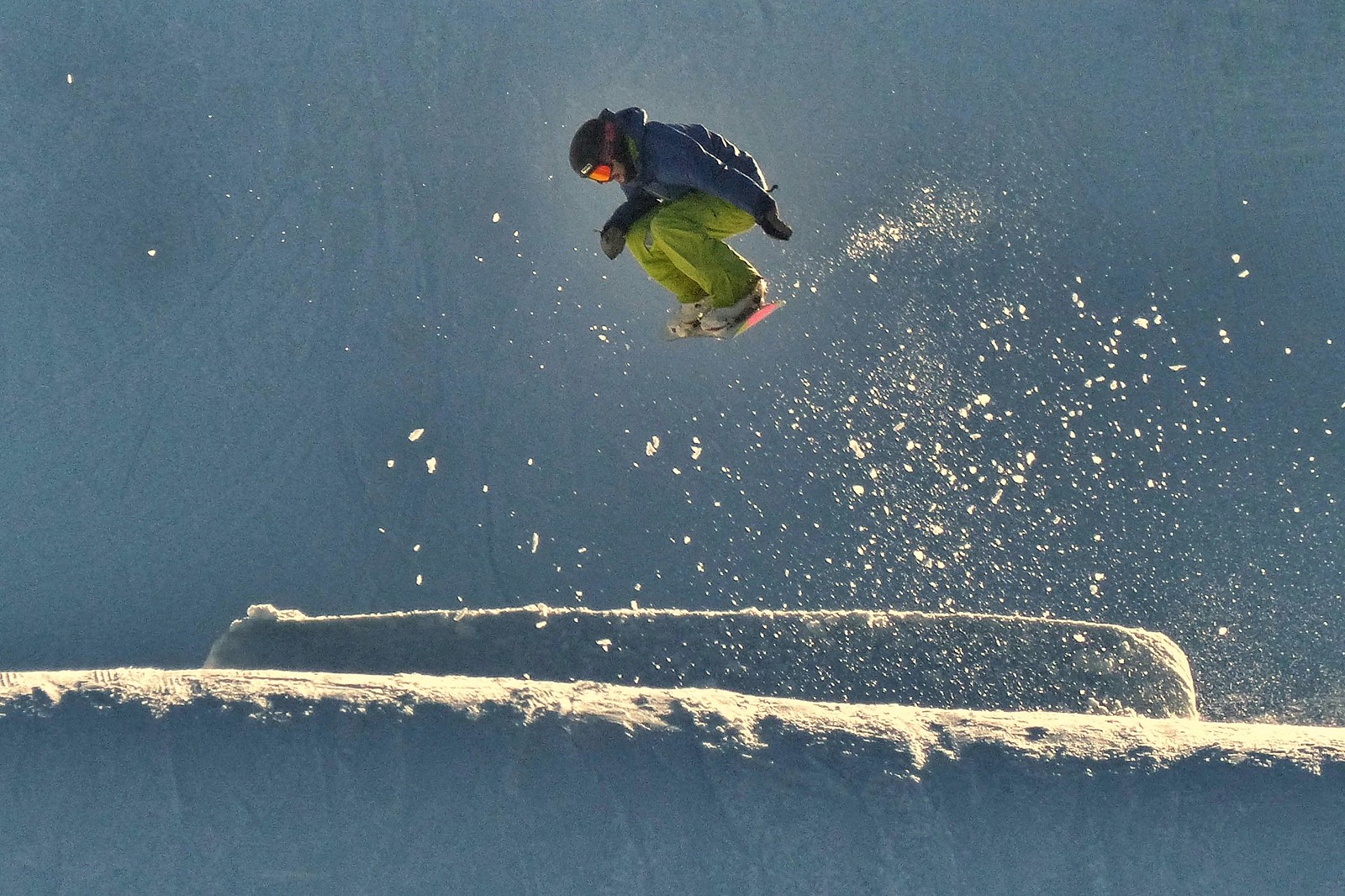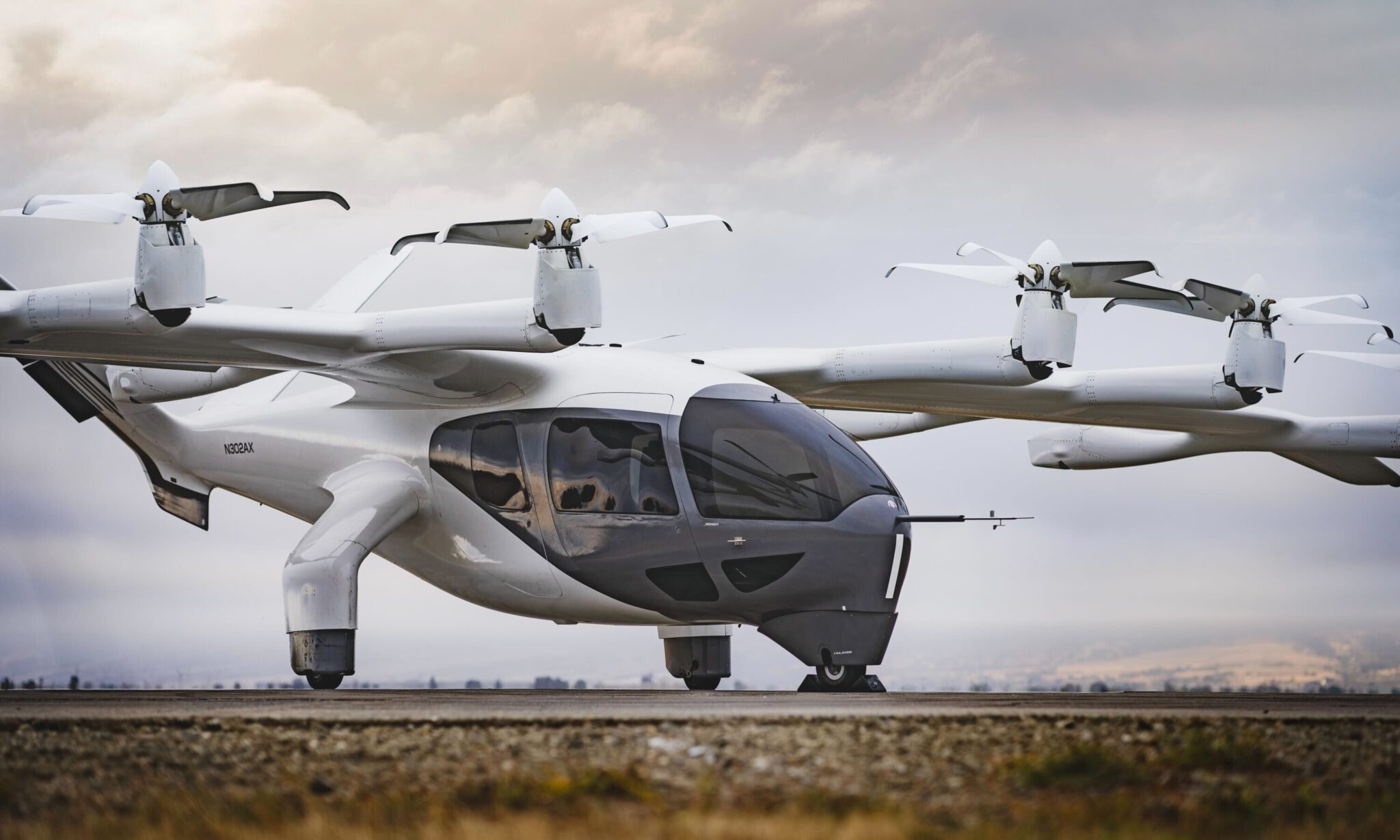Snowboarding Soars, Boating Steadies, and Bicycling Stalls – A Decade of Trends in U.S. Recreation

Skift Take
The American love affair with the outdoors has been a steady contributor to the nation’s economy, evolving dramatically over the past decade, according to new data from the U.S. Bureau of Economic Analysis’ (BEA) Outdoor Recreation Satellite Account (ORSA). We recently wrote about the countrywide and statewide trends.
Looking at the various categories of recreation captured by the data gives a great sense of trends (see the full data set at the end of this story). From 2012 to 2023, the outdoor recreation economy surged, with key activities reflecting broader societal shifts, environmental factors, and even global disruptions like the Covid pandemic.
At the heart of this thriving sector lies boating and fishing, a quintessential outdoor pastime. Growing from $19.1 billion in 2012 to $27.3 billion in 2023, this category’s appeal lies in its timeless charm and accessibility. The pandemic marked a surprising twist in its story. As travel restrictions and social distancing forced many indoors, Americans turned to the water. In 2020 alone, boating and fishing surged to $33.6 billion — a staggering leap that underscores adaptability to changing times. While post-pandemic years saw stabilization at $27 billion, the category remains one of the largest contributors to outdoor recreation.
But the story of U.S. outdoor activities isn’t just one of stability — it’s also one of spectacular growth. Snowboarding, for example, rose from being a niche winter sport to a juggernaut, growing from $776 million in 2013 to $3.16 billion in 2023. Its ascent reflects increased investments in snow tourism, advancements in equipment, and a growing younger demographic eager for high-adrenaline activities. Similarly, other snow activities, including snowmobiling and tubing, doubled in value over the decade, showcasing winter recreation’s growing significance.
Not all outdoor activities have shared this trajectory. Bicycling, long considered a core activity, has faced stagnation and sporadic declines. Despite a boom in cycling infrastructure nationwide, the category struggled to gain consistent traction, with a surprising dip in 2014. This points to either competitive activities drawing participants away or a need for targeted campaigns to revive interest.
The pandemic remains a pivotal chapter in the outdoor recreation narrative. Activities like festivals and sporting events, devastated in 2020 due to restrictions, roared back in 2021 and 2022, reflecting their irreplaceable role in American life. Meanwhile, boating, fishing, and snowboarding shone as socially distanced heroes during the same period, with record-breaking participation.
Yet, the outdoor economy is far from monolithic. While hunting and trapping showed a gradual decline, likely due to cultural and regulatory shifts, categories like trips and travel — including expenses for lodging, transportation, and food — grew to dominate the landscape, climbing from $128 billion in 2012 to $192 billion in 2023. This underscores how the outdoor economy intertwines with travel and tourism, creating ripple effects across multiple industries.
Below is the full excel sheet with breakdown of various categories and their economic value from 2012 to 2023.





